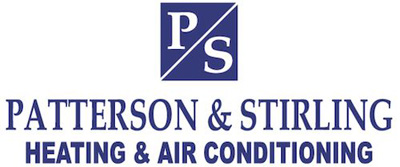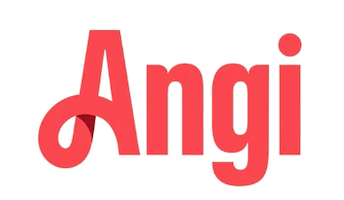
Ceiling fans are one of the most underrated ways to make your home more comfortable and lower energy costs. By boosting air circulation and supporting your HVAC system, ceiling fans and energy efficiency are truly a perfect combination. They offer a practical, cost-saving way to maintain your comfort in hot weather while reducing strain on your AC—potentially sparing you from unnecessary air conditioning repair.
In this blog, the experts at Patterson & Stirling discuss how ceiling fans can keep you cool while saving you money thanks to increased HVAC efficiency. We'll also offer some HVAC efficiency tips that put to good use ceiling fans.
Comfort vs. Temperature: Staying Cool Using the Wind-Chill Effect Indoors
Ceiling fans don’t actually change the room’s temperature—they make your home more comfortable by moving air over your skin. This is referred to as the wind-chill effect, and it can make a room feel up to 4 degrees cooler without lowering the thermostat. That means you feel less hot and enjoy the benefits of indoor air circulation from your ceiling fan while minimizing air conditioner use—helping reduce your electric bill in summer.
The Best of Both: Advantages of Pairing Fans and Air Conditioning Together
There are several upsides to using ceiling fans and air conditioning in tandem, especially during the warmer months. By pairing both, you increase HVAC efficiency and maintain a comfortable indoor temperature with less effort from your cooling system.
Why you should use ceiling fans and AC together:
- Ceiling fans help lower HVAC load by spreading cool air more evenly around the room. Reducing HVAC stress is important, because it can help you avoid a breakdown that may lead to premature AC or furnace installation.
- Using ceiling fans boosts the comfort level of your home by eliminating hot spots and improving air movement.
- Pairing ceiling fans and AC can cut energy consumption. If you have a home automation system, you can even adjust your smart thermostat settings to set the temperature higher while your ceiling fan is running.
Clockwise vs. Counterclockwise Ceiling Fan Rotation: Which Direction Should a Fan Spin?
To make full use of your ceiling fans year-round, it’s important to set the blades to rotate in the proper direction for the season. The direction affects how air circulates, which can either cool you down or push warm air downward so you feel warmer.
When to spin ceiling fans counterclockwise
On hot days, ceiling fans should rotate counterclockwise at a higher speed. This creates a breeze that moves air toward the floor, amplifying the wind-chill effect and causing you to feel cooler.
When to rotate ceiling fans clockwise
On cold days, set your fan to turn clockwise on a slower speed. This softly moves cold air up and circulates heated air down to where you can feel it, helping you feel warmer without changing your thermostat.
How to Pick Out the Best Ceiling Fan for My Home
Choosing the right ceiling fan depends on a few key factors, such as blade design, airflow rating and room dimensions. First, look for fans with a good balance of ECFM airflow and blade pitch to deliver efficient air movement in your space:
- ECFM refers to how much air a fan pushes—the cubic feet per minute, or CFM—per watt of electricity used. Fans with higher ECFM are the most energy efficient.
- Blade pitch refers to the incline of the blades. A steeper blade pitch increases airflow but can also put extra load on the motor.
Also, consider room size when sizing a ceiling fan—a fan that’s too small won’t circulate sufficient air, while one that’s too large may be disruptive in a smaller room.
Raise Your HVAC Efficiency With the Team from Patterson & Stirling
At Patterson & Stirling, our HVAC experts can help you maintain a cozy home while easing the burden on your heating and cooling systems. From energy-saving ceiling fan tips and air conditioning installation to smart thermostats and furnace repair, we offer comprehensive services that fit your lifestyle. Set up your appointment by calling 814-739-6977 today.


